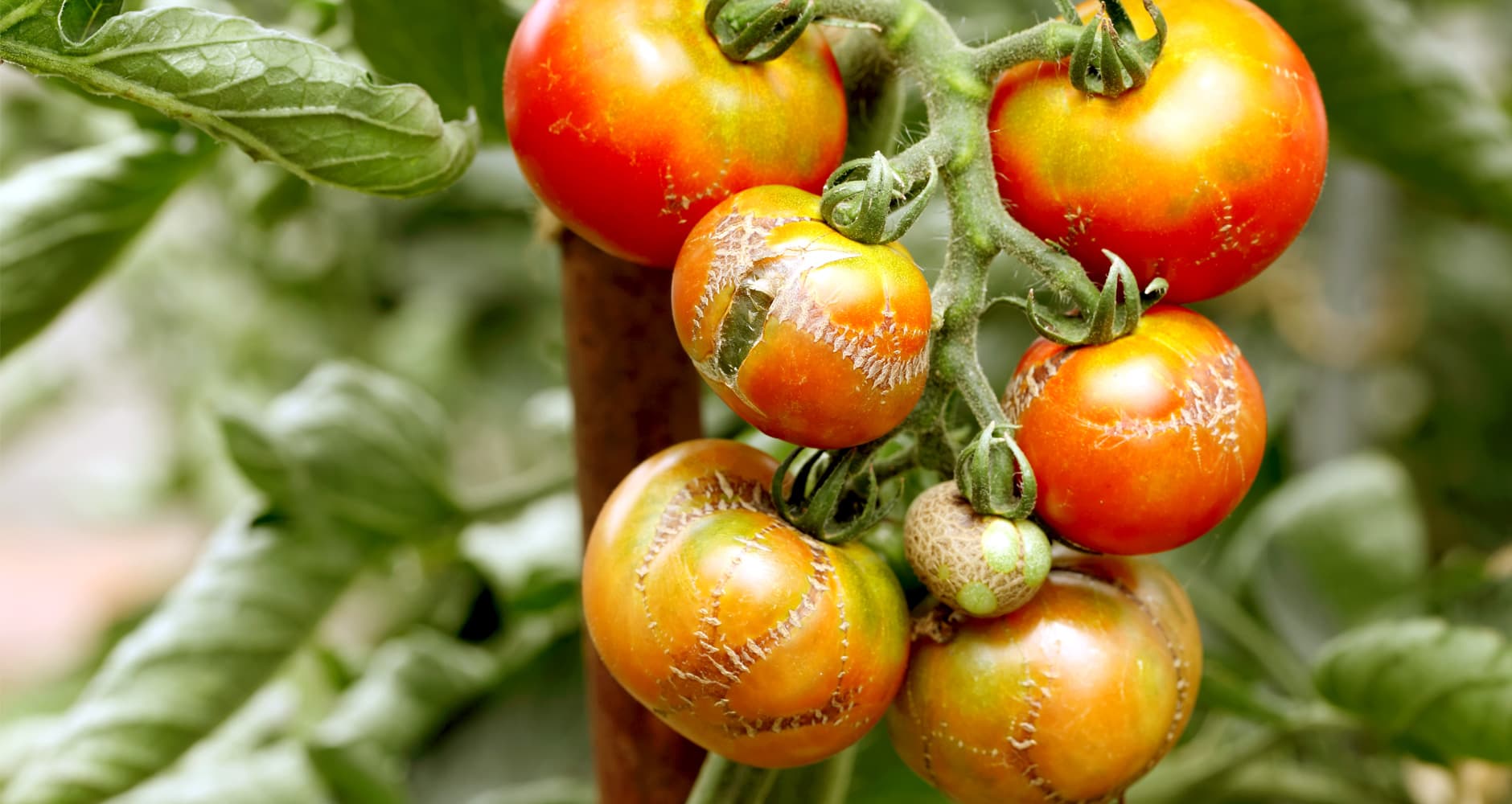

The conditions that cause blossom-end rot are closely linked to inconsistent soil moisture throughout the growing season. Actively growing parts of the plant such as developing tomatoes must have a continuous supply of calcium to prevent these spots from developing. This means that the rot can occur even when there is an ample supply of calcium in the soil, stems or leaves. Calcium is taken up into the plant through the roots, however, it settles in one part of the plant. This can happen at any time as the tomatoes mature, and most often on the first tomatoes of the season.īlossom-end rot is caused by insufficient calcium in the tissue of the tomato. The affected tissue breaks down rapidly and the area becomes sunken, dark brown or black, and leathery. Less frequently it occurs on peppers and eggplant.īlossom-end rot first appears as water- soaked spots on the blossom end, or bottom, of the tomato.

This is a disorder known as blossom end rot. This can happen especially on the first tomatoes of the season that have been carefully nurtured or after an extremely dry period in the summer. Home gardeners become distressed when they notice that a dry, sunken decay has developed on the blossom end of the tomatoes in their garden.


 0 kommentar(er)
0 kommentar(er)
